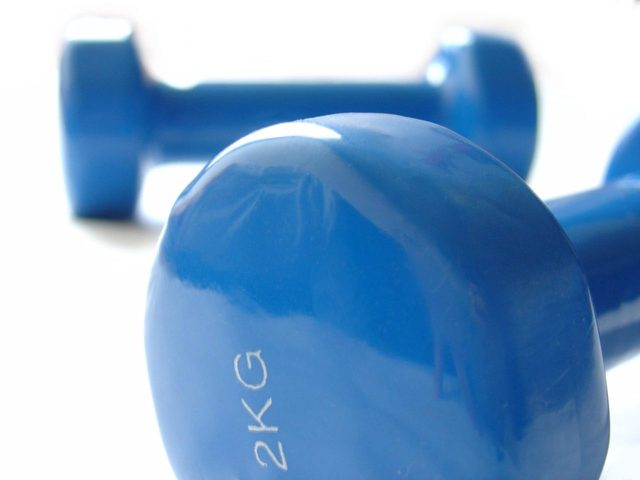Exercise and stroke
Before explaining the effect of exercise on strokes, a quick explanation of what a stroke is and what causes it is needed. A stroke is an interruption or stoppage of the blood flow to the brain. The effect of this is the tissue will start to die, causing minor to major damage and effecting our body’s ability to function normally.
A major cause of stroke is the build-up of plaque in the artery walls which then breaks away, travels in the blood to the brain, and at some point, blocks blood flow. The build-up of plaque is initiated by damage to the artery walls. This triggers inflammation and our immune systems white blood cells to travel to the area. This normally would not be an issue, but when people have risk factors such as smoking, poor diet or inactivity, it initiates a process that causes the white blood cells to stick to the inside of the artery wall. Overtime this causes narrowing and increases the risk of pieces breaking off and causing the stroke.
How does activity help?
Exercise works on several levels. Firstly, it reduces the inflammation process that initiates the white blood cell movement. Secondly, it will help reduce the risk factors associated with damage to the arterial walls, such as high levels of the LDL cholesterol (which attaches to the white blood cell and causes blockages) and keeps our body composition in an ideal range. Lastly, it helps the HDL in cholesterol act as a street sweeper for our vascular system and breaks down and remove the narrowing.
In 2017, Australians experience 56,000 new or recurrent cases of stroke. Strokes kill more women than breast cancer and more men than prostate cancer. We also have approximately 475,000 people living with the side effects of a stroke. It is considered by most leading authorities that 80% of strokes are preventable. The question is then, are you looking after your health?

